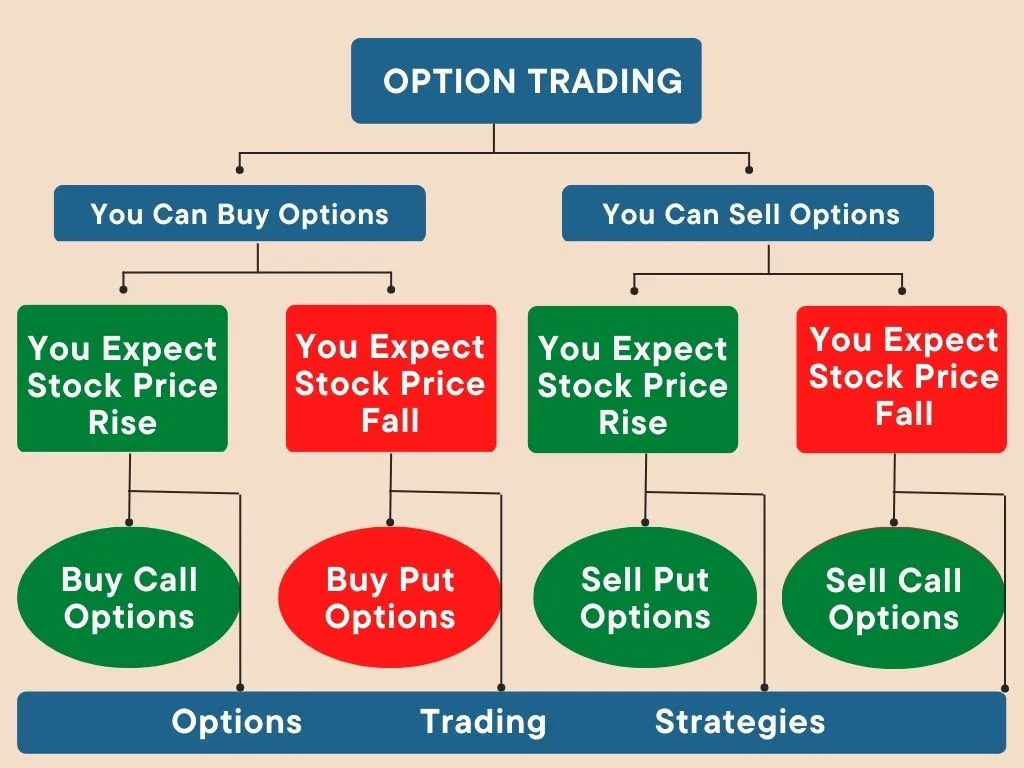In the realm of financial markets, options trading stands out as a sophisticated and potentially lucrative investment strategy. Options offer traders the flexibility to take calculated risks, hedge against market volatility, and generate significant returns. However, delving into the world of options trading requires a thorough understanding of the underlying concepts and techniques.

Image: www.tradethetechnicals.com
This comprehensive guide will provide you with a solid foundation in options trading, from its historical roots to the complexities of modern-day strategies. By exploring real-world examples, breaking down key terms, and examining the latest industry trends, we aim to empower you with the knowledge necessary to navigate the options market with confidence.
History of Options Trading
The origins of options trading can be traced back to ancient Greece, where the philosopher Thales purchased the rights to olive presses in anticipation of a good harvest. In modern times, options trading gained prominence in the 19th century, particularly among agricultural traders who sought to protect their crops from price fluctuations.
The development of standardized options contracts in the 20th century marked a watershed moment. These contracts established clear terms and conditions, making it easier for traders to participate in the market. Today, options trading is employed by a wide range of investors, from retail traders to institutional funds, as a tool for risk management and profit generation.
Understanding Options Terminology
Before exploring the various options strategies, it is essential to establish a solid foundation in the key terminology used in options trading:
- Call Option: A contract that gives the buyer the right, but not the obligation, to buy an underlying asset at a predetermined price (strike price) on or before a specified date (expiration date).
- Put Option: A contract that gives the buyer the right, but not the obligation, to sell an underlying asset at a predetermined price (strike price) on or before a specified date (expiration date).
- Underlying Asset: The stock, commodity, or other financial instrument that the option contract is based on.
- Premium: The price paid by the buyer to the seller of an option contract.
- Expiration Date: The date on which the option contract expires, after which it becomes worthless.
- In the Money: An option is said to be “in the money” when it has a positive intrinsic value. Intrinsic value is the difference between the current market price of the underlying asset and the strike price of the option.
- Out of the Money: An option is said to be “out of the money” when it has a negative intrinsic value.
Basic Options Strategies
There are numerous options strategies that traders can employ, each with its unique set of objectives and risk-reward profiles. Here are three fundamental strategies for beginners:
- Covered Call: Involves selling a call option against a stock that the seller already owns. This strategy generates income from the premium received while capping the potential upside in the stock price.
- Cash-Covered Put: Similar to a covered call, this strategy involves selling a put option but requires the trader to hold cash equal to the strike price of the option. It provides income from the premium and an obligation to purchase the underlying asset if the price falls below the strike price.
- Protective Put: Involves buying a put option on a stock that the trader already owns as a means of downside protection. If the stock price drops below the strike price of the put, the option can be exercised to sell the stock at the predetermined price.

Image: changehero.io
Options Trading Options Trading Example

Image: yukabolypohe.web.fc2.com
Advanced Options Strategies
Once familiar with the basics, traders can explore more advanced options strategies that offer increased flexibility and potential profits:
- Iron Condor: A neutral strategy that involves selling an out-of-the-money call and put option at different strike prices while simultaneously buying an out-of-the-money call and put option at even higher strike prices. This strategy aims to profit from limited price movement in the underlying asset.
- Butterfly Spread: A directional strategy that involves buying one option near the current price of the underlying asset and selling two options at different strike prices further away from the current price. This strategy expresses a belief in a modest price movement in one direction.
- Vertical Spread: A strategy where call or put options with different strike prices but the same expiration date are bought and sold. This strategy can generate income through the premium received and has limited potential risk, as the trader maintains a






